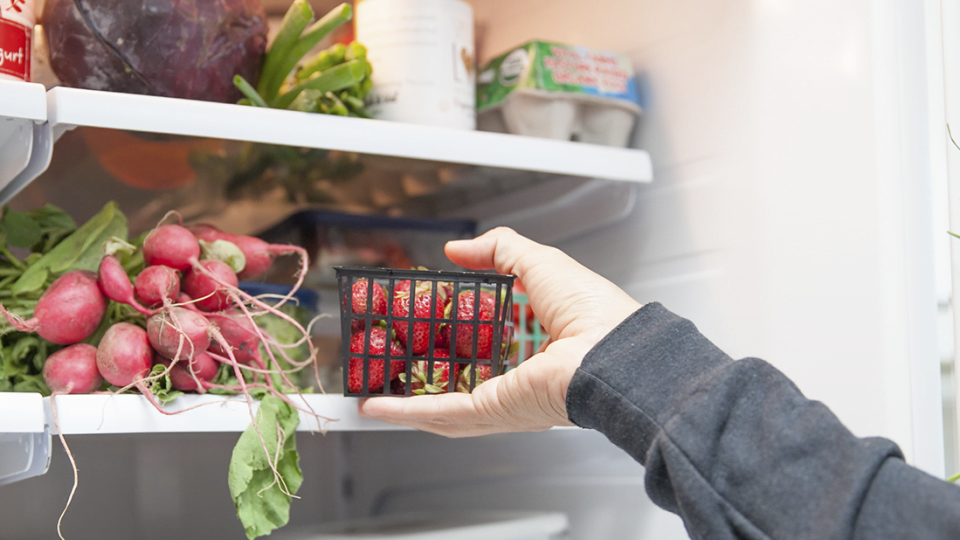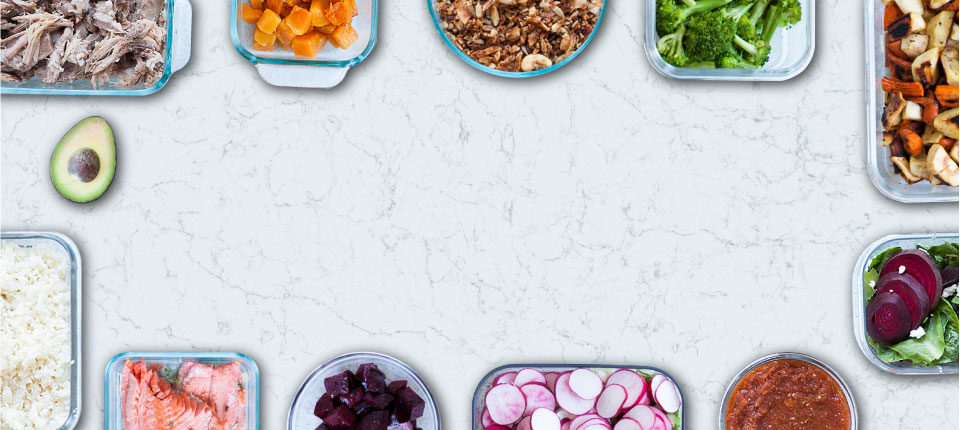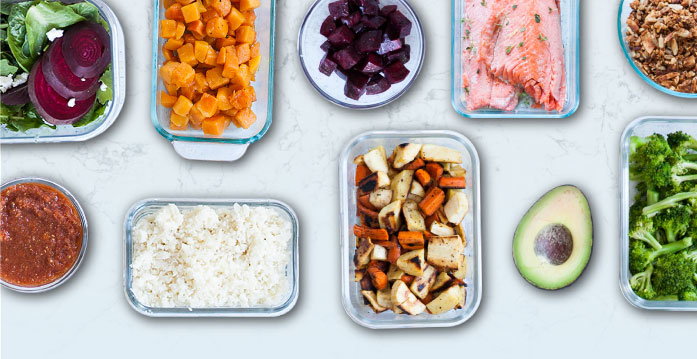Once you get the hang of storing your fruit and veggies, start freezing them too. Learning how to freeze blueberries, strawberries, and other summer surplus extends the life of fruit and makes them easy to use, year round. What’s more, freezing preserves some of the natural antioxidants in food.
So, if you find yourself at roadside fruit stands or at the farmer’s market, filling a shopping bag with berries, cherries, plums, and avocados – only to get home with more fresh goodies than you know what to do with – all that beautiful fruit doesn’t need to go to waste. And you don’t need to use it all at once. You can freeze most of it. Here’s how…
The dry freeze versus the wet freeze
Before you begin freezing your fruit, you want to decide how your food will be packaged. A dry freeze is something like a bag of frozen berries that you pick up from the supermarket – each piece can move freely among the others and it’s loosely packed in a bag. Whereas a wet freeze is more suitable for sauces, salsas, and jams.
Equipment you’ll need
Freezing is considerably less time intensive than other food preservation techniques, like canning. Still, there’s a handful of equipment that you need for dry and wet freezing.
Freezing – In order to successfully dry freeze fruit, you will need to first freeze the pieces in a single layer. Once they’re frozen, you can package them up and the pieces will not clump together in one solid, unusable mass. To do this, use unbleached parchment paper and a large rimmed baking sheet.
Labeling – In spite of cold temps and moisture, freezer tape will stay put. Use a permanent marker to label your frozen goods with what’s inside and be sure to include a date. When dry freezing, you may even want to include the amount inside each bag.
Storage – Why good ol’ ziploc freezer bags are a popular choice and will do if you need them, you generally want to limit how much plastic comes in contact with your food. Things like BPA and plastic softeners known as phthalates disrupt hormones. For the same reasons, avoid plastic food storage containers and reusable baggies made from the vinyl alternative, FDA-grade PEVA.
Instead, use glass or silicone. For dry freeze items, try silicone baggies, collapsible silicone storage containers, or glass storage. For wet freeze, use glass canning jars.
Have you heard about how to remove air from a baggie? Use a straw. If you can, try using a reusable stainless steel straw to suck out air from your silicone baggies for a green and low-tech way to dry freeze your fruit.
How to freeze blueberries, strawberries, and other summer fruit
Frozen fruit is one of the best ways to capture all the color and flavor of summer. For dry freeze items, place your fruit in a single layer on a parchment-lined baking sheet. The parchment paper will keep fruit from sticking to the baking sheet.
Before you begin prepping your fruit, turn down the temperature in your freezer so that it’s as cold as possible. You want a quick freeze. For this reason, be sure not to freeze too many things at once or overpack your freezer.
Once the fruit is frozen, fill up your silicone bags. To ensure each batch of summer fruit stays as fresh as possible, use a straw to suck out any remaining air from the silicone baggies.
For wet freeze items such as sauces, salsas, and jams – pack and freeze. Be sure to leave enough headspace for liquid to expand as it freezes. If you use glass canning jars, this is particularly important. For extra safety, ditch the metal lid and use a flexible silicone one instead.
Blueberries, strawberries, raspberries, and blackberries – Berries do best when frozen whole. Rinse, pat dry, and dry freeze.
Mango, peaches, nectarines, and plums – Peel, pit, slice or dice, then dry freeze.
Cherries – Pit and dry freeze.
Bananas – Peel, chop, then dry freeze.
Tomatoes – Dry freeze whole. Or, blend first and then wet freeze. If making salsa, squeeze out the pulp before dicing up tomatoes (otherwise, your salsa will be too watery once it thaws).
Avocados – To keep from browning, dip avocado halves (or diced avocado) in a lemony bath: 4 cups of water with 1 tablespoon of fresh lemon juice. Dry. Then dry freeze. Because of their high fat content, they freeze well and work in both smoothies and guacamole.
How to use frozen fruit
As a general rule, use frozen fruit within the year. What’s more, freezing will change the texture of food. The juicy flesh of fruit is packed with water. As it freezes, this water expands and ends up destroying cell walls – leaving you with mushy eats.
In order to get around this, eat your frozen fruit while it’s still frosty, toss it into smoothies, or cook with it. For example, how delicious would this strawberry crumble be on a dreary January day?


